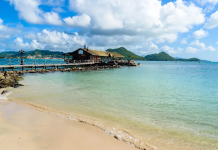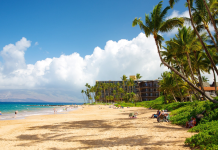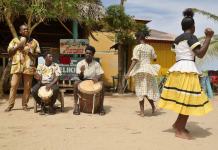Alright friends, buckle up because today I’m spilling the tea on how I actually planned my East Coast adventure. No fluff, just the real nitty-gritty steps I took after realizing my “winging it” strategy was a total disaster waiting to happen.
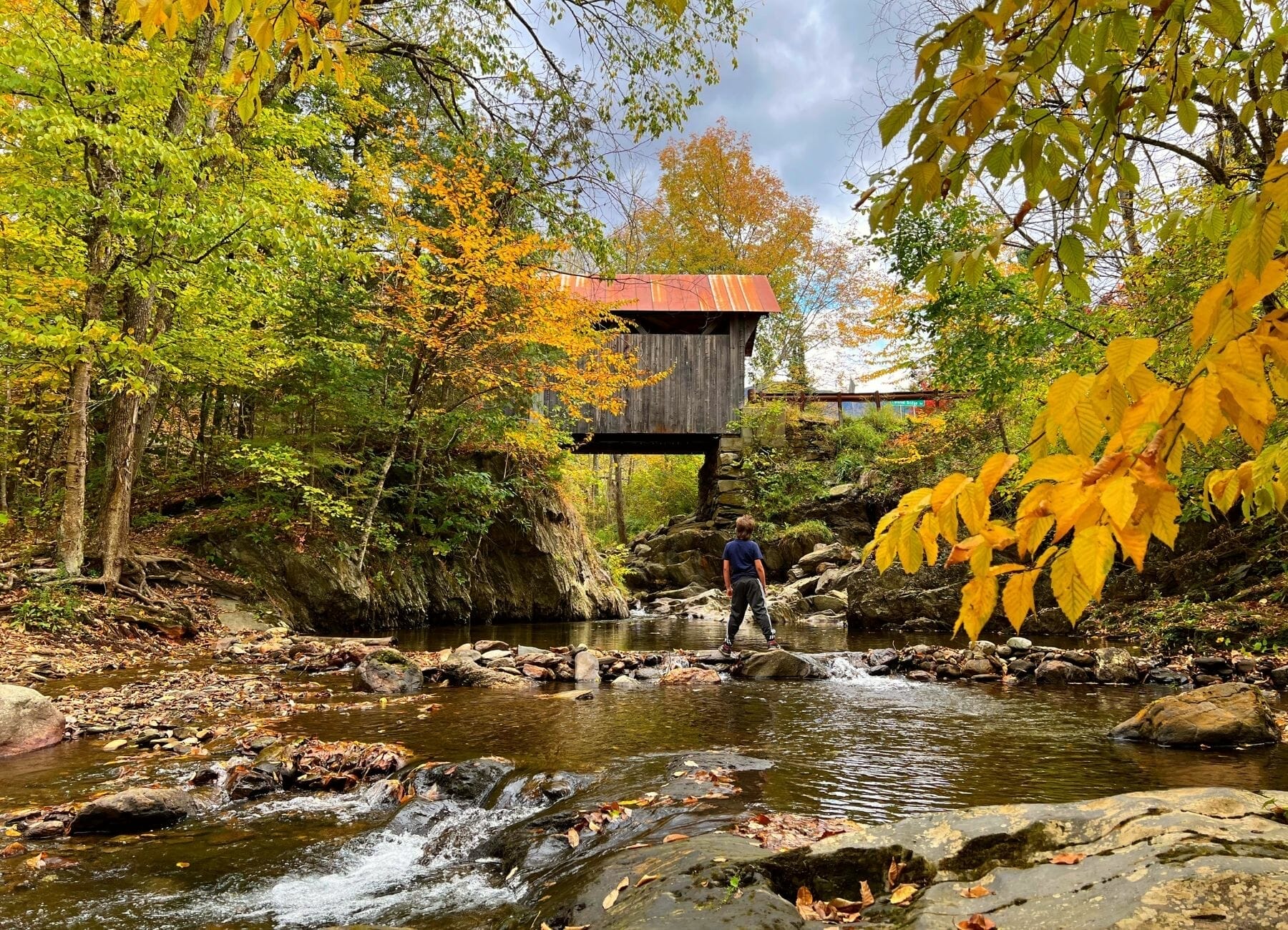
The Starting Line: Feeling Totally Overwhelmed
Honestly, opening Google and typing “things to do east coast USA” felt like opening Pandora’s Box. Way. Too. Much. I stared at the screen drowning in options – beaches, cities, mountains, history… it was info overload city. I knew I needed focus before I gave up and stayed home.
Step One: Brutally Honest Brain Dump
I grabbed my trusty, kinda ugly notebook and just vomited my thoughts onto paper. No filter:
- How long did I actually have? (Turns out, squeezing NYC, DC, and Florida beaches into 9 days was pure fantasy.)
- What’s my energy level? (Fast-paced city hopping vs. chilling by the ocean? Compromise needed!)
- What truly gets me excited? (Cool city buzz? Nature kicking my butt? Deep historical vibes? Prioritize!)
- Budget realities. (Admitted defeat on luxury coastal resorts this time…)
Step Two: The Map Staring Contest
I hauled out a physical map (yep, like, paper!) and spread it on the kitchen table. Trying to mentally zip between Maine and South Carolina made zero sense. So I circled a rough area based on time: New York to Virginia. Massive instant clarity. That sprawling, shapeless “East Coast” blob actually had boundaries now. Phew.
Step Three: Ruthless Research Deep Dive (By Theme!)
Instead of random lists, I picked themes for each major stop my rough circle allowed:
- New York: Immersive city chaos. Iconic sights (Statue of Liberty, Central Park) mixed with neighborhoods I love wandering (Greenwich Village). Must-eats booked early!
- Philadelphia: Pure history. Independence Hall, Liberty Bell run. Focused just on the revolutionary vibes.
- Washington D.C.: Museum and monument marathon. Planned which Smithsonian wings were non-negotiable.
- Shenandoah: Nature break. Found a solid 2-day hiking loop based on difficulty and views.
Step Four: Transportation Headaches
This sucked the most. Trains vs. driving? After comparing Amtrak times/costs for the city hops with the freedom (but cost!) of a rental car + parking nightmares? I ended up mixing it: train between NY, Philly, DC. Rented a car only to escape DC and get into Shenandoah, dropped it in Virginia. Saved my sanity and wallet.
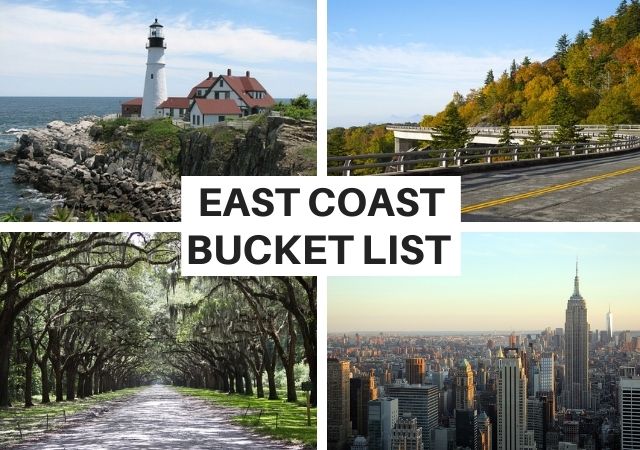
Step Five: The Booking Blitz & Concrete Schedule
Once locations and transport were locked? Booking time became a military operation:
- Accommodation: Based locations near transport hubs or key areas. Booked refundable where possible!
- Must-do tickets: Reserved Statue of Liberty ferry MONTHS out. Booked entry slots for Independence Hall & top Smithsonian museums ASAP.
- Car rental pick-up/drop-off: Set precise times/locations.
- Rough Daily Itinerary: Made a simple doc: Day 1- Philly: AM Liberty Bell/Independence Hall, PM Reading Market. But left chunks of time open for wandering or mishaps!
Step Six: Packing – Learned My Lesson!
HUGE MISTAKE LAST TRIP: Packed for “beach and city” without checking micro-climates. Froze in DC mornings. This time? Weather-checked each stop forecast literally 3 days before packing. Layers became my mantra – light tees + sweaters + packable rain jacket. Stuffed comfy walking shoes, bandaids already on ’em. Packed ONE versatile backpack as my day bag. Kept it simple.
The Final Stretch & Reality Check
Printed key reservations (just in case phone died), downloaded offline maps for Shenandoah (cell service? LOL), and charged allll the power banks. Most importantly? I accepted this plan wasn’t carved in stone. That one magical lobster shack in a tiny coastal town? Found it purely by getting lost. It became the highlight. The core bookings meant I didn’t panic. The open chunks meant pure discovery.
So, What Actually Worked?
Forgetting Florida sucked, but seeing less deeply was way better than seeing nothing meaningfully. Booking those absolute must-dos early was pure gold. Mixing transport saved stress and money. Packing smart meant no distractions. And leaving room for the unplanned turned good trips into great stories. Planning didn’t kill spontaneity; it made the best spontaneous moments possible. Chaos in action? Maybe. Satisfied traveler? Absolutely.

